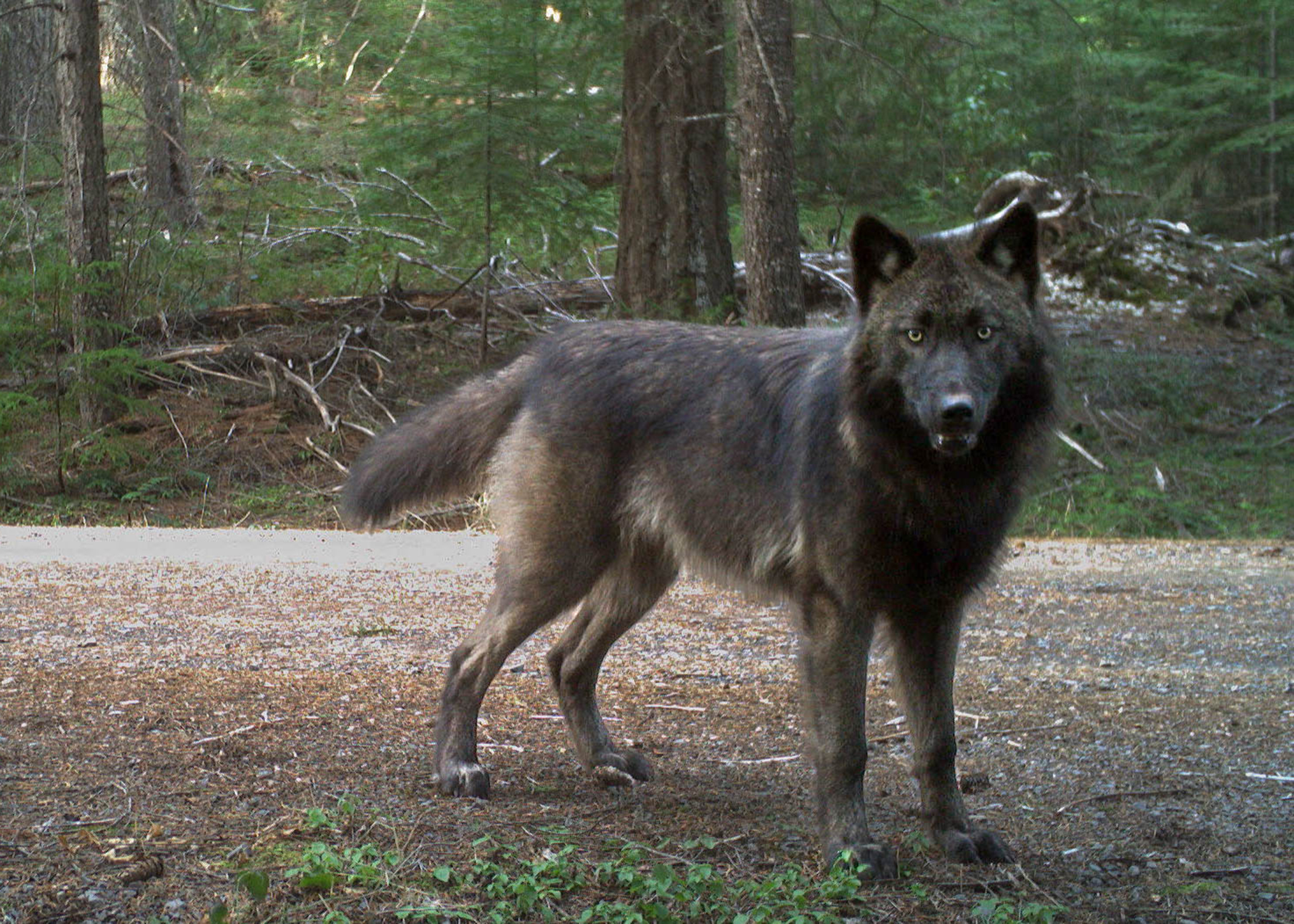After several years of stagnation, Oregon’s wolves appear to be bouncing back. The Oregon Department of Fish and Wildlife’s (ODFW) 2024 Annual Wolf Report shows the state’s known wolf population has finally grown, reaching 204 individuals. It’s a welcome change from recent years of near-flat growth and ongoing threats from poaching and agency killings. However, within the numbers there are some concerning trends. Wolves have a long way to go until they have truly recovered.
“For the first time in several years, it looks like Oregon’s wolves have had a little breathing room,” said Oregon Wild’s Wildlife Program Manager, Danielle Moser. “Though human-caused mortality continues to be the primary obstacle to statewide recovery, any substantial growth is a welcome sign.”
A Mixed Bag Beneath the Headline
While the headline number shows growth, a deeper dive into the report reveals a more nuanced story.
Eastern Oregon, home to the majority of the state’s wolves, accounted for a net gain of just four wolves since 2020. Even more concerning is the continued drop in the number of breeding pairs. For the fifth consecutive year, breeding pairs in Eastern Oregon declined, falling to a level not seen since 2017. As ODFW itself has long emphasized, breeding pairs is the most important indicator of population health.
And as recently as last week, the state authorized the killing of a wolf in Wallowa County’s Bear Creek Pack.
On the other hand, Western Oregon is more straightforwardly positive. After declining in 2023, the number of wolf packs there rebounded and reached an all-time high. Even more encouraging: the number of breeding pairs in Western Oregon more than doubled to seven, helping drive a statewide increase in this critical metric.
While the news is good on the Westside (Western Oregon is now home to nearly 25% of the state’s wolves), the population only grew by four animals.
With less than 50 known wolves across a vast area, recovery remains fragile.
(Barely) Growing Faster than the Worst-Case Scenario
This year marked the first time since 2020 that Oregon’s wolf population exceeded the “worst-case scenario” growth rate identified in the state’s own Population Viability Analysis—the same one used to justify delisting wolves in 2015. At the time, independent scientists criticized the model as far too optimistic. The average growth rate since delisting is now back above that worst-case trajectory (7.9% vs. 7.0%), though just barely—about two wolves above the projection.
Mortality Remains a Barrier to Recovery
Despite the uptick in numbers, mortality remains a major challenge. Twenty-six wolves died in 2024, with human-caused deaths still far outpacing natural ones. Of those, 11 were killed by ODFW, seven were known victims of poaching, and three were shot under the controversial “caught-in-the-act” provision. Only two wolves died of natural causes last year.
Since 2009, just 14 wolves are found to have died naturally—underscoring how rare it is for wolves in Oregon to live out their lives free from human conflict. Many of these were pups. Additionally, seven wolf mortalities from 2024 remain under investigation.
The Path Forward
Shockingly, since 2008, only 12 wolves in Oregon are known to have died of natural causes. This stark statistic underlines the harsh realities wolves face from human killing and inadequate protection. Known wolf deaths surged by 80% this year, following already high numbers in the previous years. Last year, and since recovery began in the state, just over 8% of wolves – including pups – are known to have died from any cause other than humans.
This trend is not just unsustainable. It speaks volumes about the value ODFW puts on wolves even as it gives in to industry demands and decries an inability to “manage” the species.






